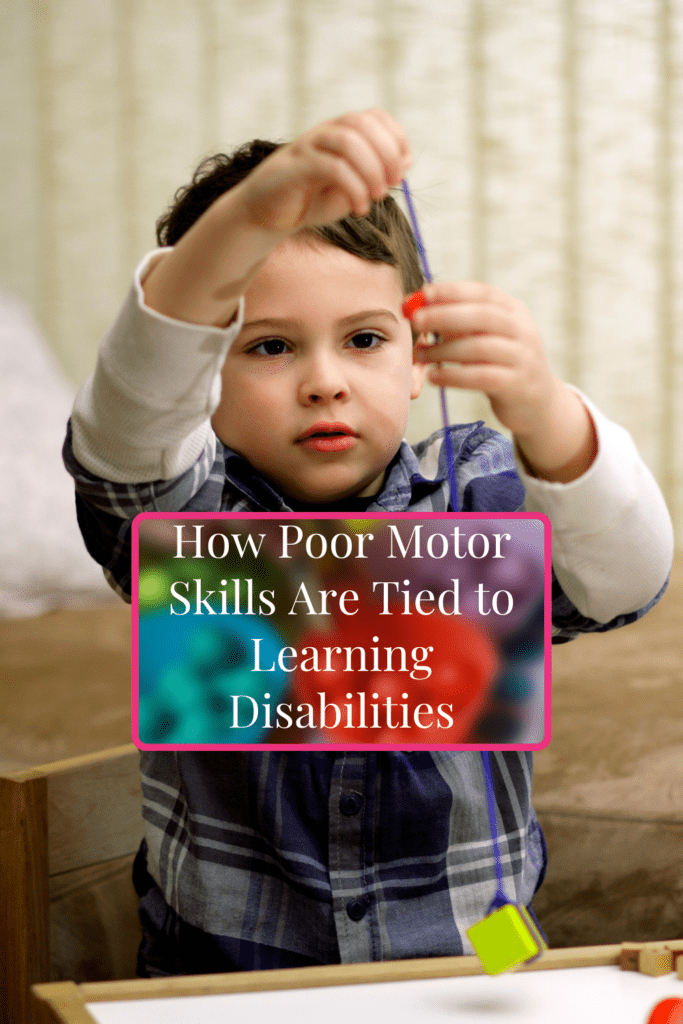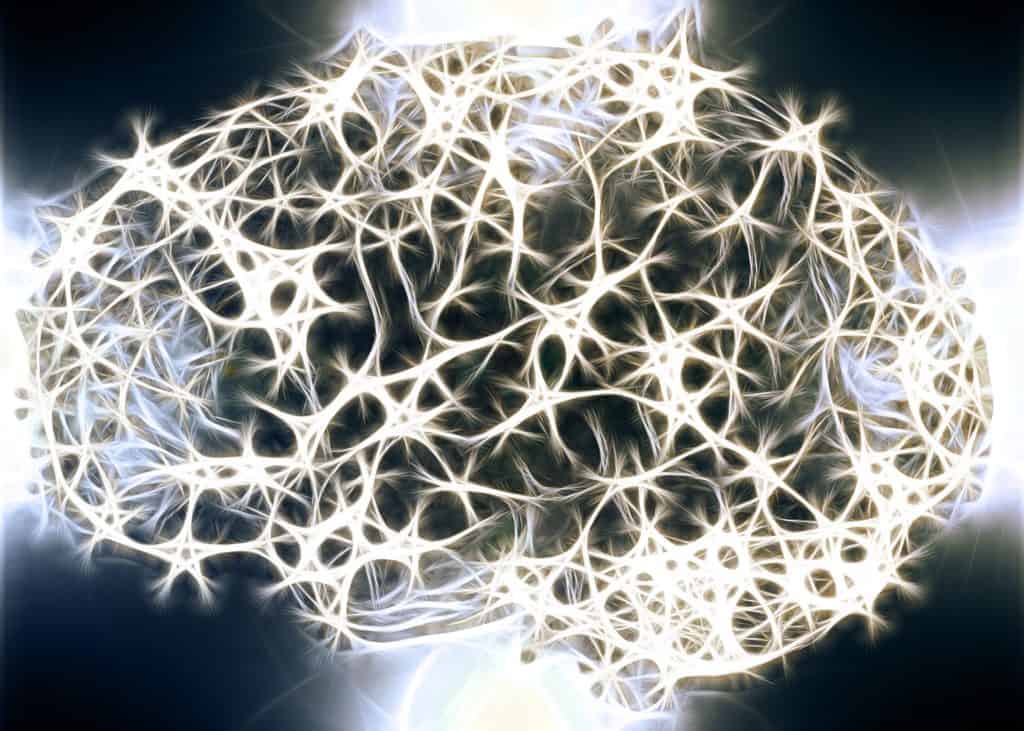Not even 8 weeks into the sensory-motor portion of my program, Jackie called me to tell me that her daughter’s speech, gross and fine motor skills as well as her reasoning had improved. I’m not going to pretend that results always happen that fast. I also want to be clear that Jackie was one determined mama. Her adopted daughter was 7 and had severe developmental delays due to neglect in her first four years of life. Casey had the brain development of a 4-year-old.
I recommended a series of exercises for Casey that would help to stimulate the earlier movements and brain stimulation that Casey missed in those critical years. These exercises simulated creeping, crawling and so much more. I told Jackie that people usually do these exercises once a day but that twice a day would be ideal for Casey because of the severity of the impaired development.
Compensation Rather Than Correction
The focus with Casey and all of my clients is on correction rather than compensation. As a teacher, I had been incredibly frustrated with the approach of IEP’s that involved compensations or accommodations rather than correction. Of course, IEP’s, modifications and accommodations can be helpful but not if that’s the permanent solution.
Why Does this Brain Disorganization Happen?
Brain disorganisation can occur for various reasons that have nothing to do with your competence as a mother. So, no mother guilt – I promise.
Researchers have found upon doing brain scans that the brains of children with learning disorders showed signs of immature development. These kids tended to have less connections and certain areas showed impaired development. Their brains resembled those of children who were a few to several years younger.
Is Your Child’s Brain Younger Than Their Age?
This stunted development can happen when something like a milestone does not happen sequentially or has interruptions. This results in your child having weaker connections. This is sometimes referred to as ‘arrested development’.
There are various reasons this can happen. Environmental toxicity is one of reason. Illness is another. The other reason is what I wish every single parent, teacher and human knew.
The body, early movements to be specific are what develops the brain.
Because…
Learning and movement are both processed in the same part of the brain.
Several studies in the late 1990’s found a relationship between movement and memory, language, the visual system as well as attention. What we learned from this is that the sensory-motor system is involved with such tasks that are required for reading, learning, writing, attention and focus. Processes like ordering, timing (which is frequently ‘off’ in dyslexics), sequencing and prediction are developed and used by the motor system but are also essential for optimal learning, behaviour and processing speed.
In fact, regardless if a task is mental or motor – the cerebellum must be able to make predictive and corrective actions. Cerebellum activity is heightened the more that a person has to concentrate or be creative.
Movement is to Brain Development as Water is to Plants!
The connection between motor and cognitive processes is vast. Yet, it can be a hard concept to really assimilate since we have all been trained to believe that the brain is a bucket. We think that if we just fill it with information, the information should stay in.
We think that some people have deeper, better buckets and other people have the misfortune of having buckets that are too small or that have ‘holes’.
The Brain is Not a Bucket – It’s an Onion
Wrong. The brain is like an onion and it develops in layers. Movement – especially early infant movement – is as critical to good brain development and learning as sunlight and water is to plants.
If that sounds hard to believe – allow me to explain.
The first area of the brain to develop is the vestibular system (think inner ear) and the cerebellar system.
The cerebellum regulates the vestibular system.
The vestibular system activates another system near the brain stem that is crucial for attention and focus as well as processing incoming sensory information.
A well developed vestibular system helps with balance. Know any kids who can’t sit still? What about poor eye tracking, or penmanship? Letter reversals?
… and that’s just the tip of the learning iceberg.
Balance is Crucial for Fluent Reading
The vestibular system coordinates eye-movements. The very activities that young children are naturally inclined to do like jumping, rolling, spinning and rocking all activate and stimulate the inner ear or the vestibular system.
If you’re worrying that it’s too late because your child is way past the toddler years – consider this. A 2003 study, found that children with learning and reading difficulties, as late as grade 3 showed marked improvement in both their ability to focus and their reading ability when they regularly engaged in movements that stimulated these centres of the brain.
Want a Kid Genius? Ditch the Gimmicks and Get Them Moving
While parents have been sold all sorts of bells and whistles to build their child’s intelligence like Baby Einstein, Baby Mozart and other toys, it is floor time, movement and physical touch and intimacy that have been found to have the most profound effect on brain development, brain organization and IQ.
The more movement and physical touch and intimacy that a child has in the first 3 years of life and up to the first six years, the better their chances of optimal brain development.
Feeling the Mom Guilt?
Now it’s at this point that I can hear the mom guilt kicking in. Shut it down! I held my daughter a ton because she was so fussy and I thought I did everything ‘right’. She still had motor deficits partially because I held her so much or I had in her a ‘baby carrier’ like a swing.
While my daughter definitely did not get enough floor time, other kids do and still have learning and behaviour challenges. There are many reasons why children have poor motor development – and it’s not your fault! Even factors like environmental toxicity can affect the sensory-motor system.
The Sensory-Motor System & Dyslexia, Dyspraxia and ADHD
Both dyspraxic, dyslexic and ADHD children have been found to have significant fine and gross motor deficits compared to their neuro-typical peers. Many parents are surprised to learn this especially when their child might have ADHD and dyslexia. Their child might have incredible visual-spatial skills because they have a well developed right brain. Some of these kids excel at sports and therefore don’t have any obviuos motor skill deficits. However, gross and fine motor skills can be impacted and might not be obvious without an actual screening.
What Dyspraxia, Dyslexia & ADHD Have in Common
It should come as no surprise that difficulties with posture and balance affect dyspraxia. Yet, the connection between posture, balance, motor development and learning difficulties like dyslexia also exists.
When we think of dyspraxia we think of clumsiness, speech and writing difficulties. Yet other common challenges with dyspraxia can also affect many of the same areas as children with ADHD. Both disorders can cause difficulties with planning skills, organization of ideas and items as well as sequencing. This is ultimately the result of ‘brain overwhelm’ from brain disorganization and bio-chemical imbalances.
If you want to put this in ‘real time, real life’ – allow me.
The Results in Real Life
The impact of movement on improving all of these disorders cannot be understated. A 2003 study reported significant improvement in dyslexic children who engaged in a targeted movement program. These children made significant gains in reading, verbal fluency, semantic fluency, dexterity as well as ‘substantial gains’ on national standardized test for reading and writing compared the other group that received no movement therapy.
The need for learning interventions that move beyond tutoring, and paper and pencil work is a must if we want our children to make significant gains rather than managing their disabilities. Research has shown time and time again that learning disabilities can be improved or even overcome when we use therapies that actually retrain the brain.
To learn more about an approach that combines nutritional therapy with cognitive exercises that re-organize the brain and strengthens weak connections check out my programs Reading Rockstar Bootcamp and The Full Potential Clinic.
Set up a free 20-minute discovery session to learn more about how you can help your child improve their reading comprehension so they can become a fluent reader and a more confident kid.
Sources:
http://ivrylab.berkeley.edu/uploads/4/1/1/5/41152143/ivry_intl-rev_neurobio_1997.pdf
https://www.ncbi.nlm.nih.gov/pubmed/9072973
https://www.ncbi.nlm.nih.gov/pmc/articles/PMC5438138/
https://www.ncbi.nlm.nih.gov/pubmed/23965122
https://www.ncbi.nlm.nih.gov/pubmed/9753595
http://www.davidpublisher.org/Public/uploads/Contribute/56a9795c3eeae.pdf
https://www.ncbi.nlm.nih.gov/pubmed/9391022
https://www.ncbi.nlm.nih.gov/pmc/articles/PMC4525418/
http://www.ascd.org/publications/books/104013/chapters/Movement-and-Learning.aspx
https://www.ncbi.nlm.nih.gov/pmc/articles/PMC3845870/
https://www.mdpi.com/journal/children/special_issues/Dyslexia
https://www.intechopen.com/books/recent-advances-in-autism-spectrum-disorders-volume-i/co-occurrence-of-developmental-disorders-children-who-share-symptoms-of-autism-dyslexia-and-attentio
http://www.elfpreschool.com.sg/uploads/3/1/2/1/31211637/movement_&_learning.pdf


